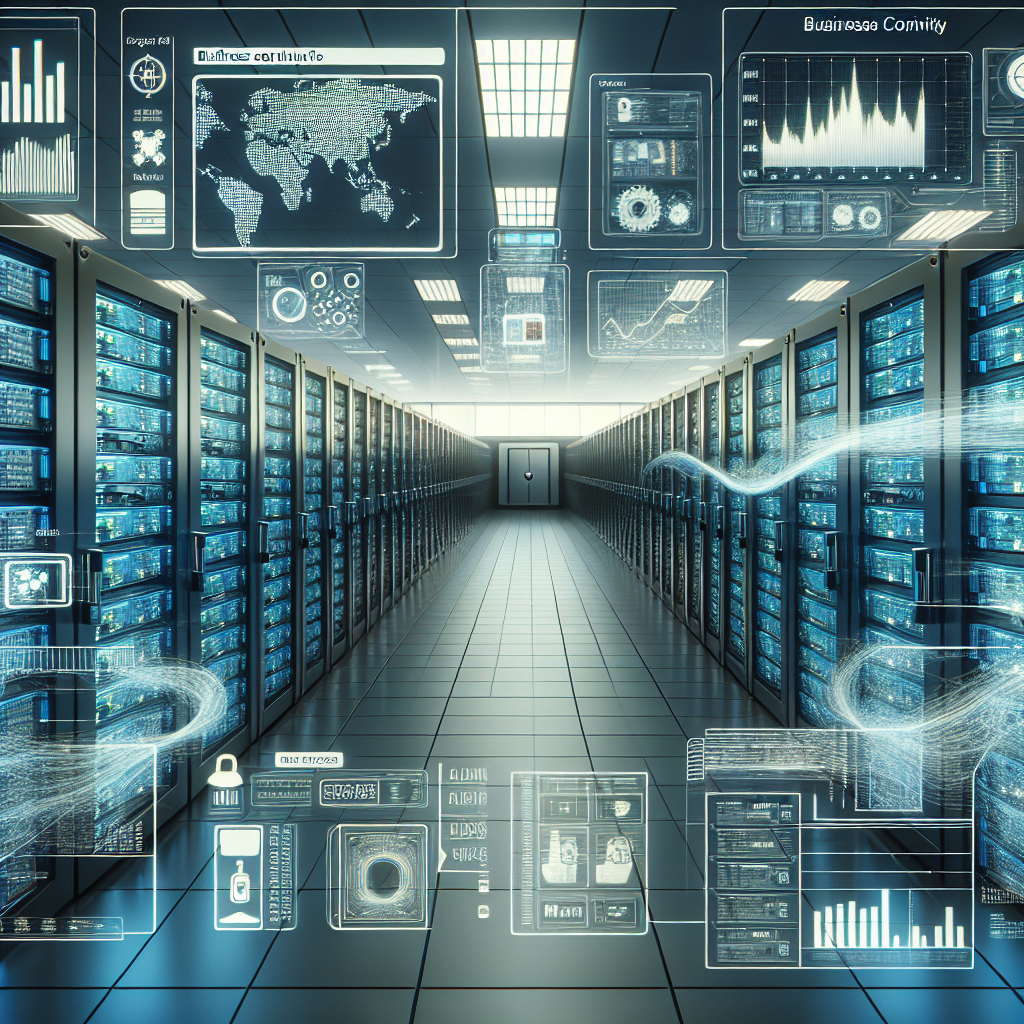Your cart is currently empty!
The Role of Data Center Monitoring in Disaster Recovery and Business Continuity

In today’s fast-paced digital world, data centers play a crucial role in storing, processing, and managing vast amounts of data for businesses of all sizes. With the increasing reliance on technology to run day-to-day operations, it is more important than ever for organizations to have a solid disaster recovery and business continuity plan in place to ensure the safety and security of their data in the event of a catastrophe.
One key component of any disaster recovery and business continuity plan is data center monitoring. Data center monitoring involves the continuous tracking and analysis of various metrics and parameters within a data center environment to ensure optimal performance and to detect any potential issues or anomalies that could lead to downtime or data loss.
There are several ways in which data center monitoring plays a critical role in disaster recovery and business continuity:
1. Early detection of issues: By monitoring key performance indicators such as temperature, humidity, power usage, and network traffic, data center operators can identify potential problems before they escalate into full-blown disasters. For example, a sudden increase in temperature could signal a cooling system failure, while a spike in network traffic could indicate a cyber-attack.
2. Real-time alerts and notifications: Data center monitoring tools can be configured to send alerts and notifications to IT staff in real-time in the event of a critical issue or anomaly. This allows for prompt action to be taken to mitigate the impact of a potential disaster and minimize downtime.
3. Capacity planning and resource optimization: Data center monitoring provides valuable insights into the performance and utilization of resources such as servers, storage, and networking equipment. By analyzing this data, IT teams can make informed decisions about capacity planning, resource allocation, and infrastructure upgrades to ensure the resilience and scalability of the data center environment.
4. Compliance and regulatory requirements: Many industries have strict data protection and compliance regulations that require organizations to have robust disaster recovery and business continuity plans in place. Data center monitoring helps organizations meet these requirements by providing visibility into data center operations and ensuring that data is secure and protected at all times.
In conclusion, data center monitoring is an essential component of any disaster recovery and business continuity plan. By continuously monitoring key metrics and parameters within a data center environment, organizations can proactively identify and address potential issues, minimize downtime, and ensure the safety and security of their data in the face of a disaster. Investing in robust data center monitoring tools and processes is a smart decision for any organization looking to safeguard their critical data and maintain business continuity in an increasingly digital and interconnected world.

Leave a Reply